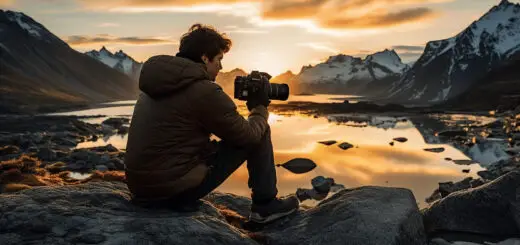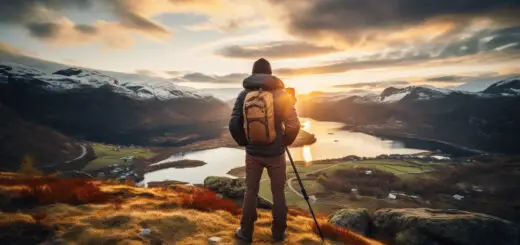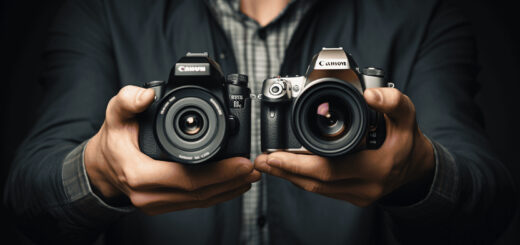Real Estate Photography with Drones: Unlocking Aerial Perspectives
Introduction
Real estate photography with drones has revolutionized the way we capture property photos. Drones offer an aerial perspective that’s unmatched, giving viewers a unique vantage point that previously could only be achieved through expensive helicopter rentals. In this article, we’ll explore the benefits of using drones for real estate photography, the types of drones you’ll need, tips for capturing the best photos, and some technical requirements and legal aspects you’ll need to consider.
**Table of Contents**
1. [Benefits of using drones for real estate photography](#benefits)
2. [Choosing the right drone for the job](#drones)
3. [Essential tips for capturing stunning aerial real estate photos](#tips)
4. [Technical requirements and legal considerations](#requirements)
5. [FAQs about drone real estate photography](#faqs)
Benefits of using drones for real estate photography
Using drones for real estate photography offers numerous advantages to both photographers and sellers. Here are some of the key benefits:
Higher-quality images: Drones can capture high-resolution, professional-quality images that showcase properties from unique angles.
Intriguing aerial perspectives: Drones provide a stunning bird’s-eye-view, which can make even the most mundane property look captivating.
Cost-effective: Drones are more affordable than traditional aerial photography methods like helicopter shoots.
Efficient: Drones can cover a large area quickly, allowing photographers to capture several properties in one session.
Maximized property exposure: Impressive aerial images help properties stand out among competitors and attract more potential buyers.
Choosing the right drone for the job
Selecting the appropriate drone for your real estate photography needs depends on your budget, skill level, and the desired quality of your images. Here are some of the top contenders you should consider:
DJI Phantom 4 RTK
This drone offers incredibly accurate images, thanks to its real-time kinematics (RTK) capabilities. The 20-megapixel camera and 4K video make it a popular option among professional photographers.
DJI Inspire 2
The DJI Inspire 2 is a top-of-the-line drone offering high-end features such as a 5.2K video, obstacle avoidance, and an interchangeable lens system. Its dual-operator mode allows the pilot to focus on flying while a second person controls the camera.
DJI Mavic 2 Pro
The Mavic 2 Pro offers a professional quality camera in a compact, easy-to-fly design. It features a 20-megapixel camera with a 1-inch sensor and adjustable aperture, making it ideal for both beginners and experienced pilots looking for high-quality images.
Autel Robotics EVO II
This drone is an excellent option for those who prioritize portability without sacrificing image quality. It offers a 48-megapixel camera, 6K video, omnidirectional obstacle avoidance, and a longer flight time compared to similar drones on the market.
Parrot Anafi USA
Designed for professional use, the Parrot Anafi USA boasts a 32-megapixel camera with 4K HDR video, thermal imaging capabilities, and an impressive 32x digital zoom. It’s particularly suitable for use in more rural orremote locations, thanks to its strong GPS system and wind resistance.
Essential tips for capturing stunning aerial real estate photos
Here are some tried-and-tested tips from professional photographers in order to ensure the best results when using drones for real estate photography:
Choose optimal lighting conditions: Aim to shoot during the golden hour (shortly after sunrise or before sunset) to capture warm, soft light that flatters properties and landscapes.
Plan camera angles carefully: Scout the location beforehand to identify the best angles that highlight the property’s key features.
Use appropriate camera settings: Shoot in RAW format (if available) for maximum editing flexibility and make use of bracketing for optimal exposure control.
Consider height and proximity: Vary the height and proximity of the drone in order to create a diverse set of images that capture different viewpoints and emphasize the property’s unique characteristics.
Ensure proper photo composition: Use compositional techniques such as the rule of thirds and leading lines to create visually appealing images.
Don’t forget to capture the surrounding area: Showcase the neighborhood and local amenities to give potential buyers a better understanding of the area.
Edit images professionally: Enhance your drone images with post-processing software like Adobe Lightroom or Photoshop for an impeccable final product.
Technical requirements and legal considerations
When venturing into drone real estate photography, there are some technical requirements and legal aspects you need to consider:
Drone pilot license: In many countries, commercial drone pilots need to obtain a license. Make sure to research your area’s regulations and acquire the necessary permits and certifications.
Airspace restrictions: Some areas have restricted airspace, prohibiting or limiting drone flights. Check local airspace rules and use reliable applications to identify any restrictions in your shooting location.
Liability insurance: Protect yourself and your business by obtaining liability insurance to cover potential accidents or property damage involving your drone activities.
Property owner’s consent: Always obtain written permission from property owners before conducting drone photography sessions.
Maintain privacy: Be respectful of privacy laws and avoid capturing images of neighboring properties or individuals without their consent.
FAQs about drone real estate photography
What type of drone should a beginner use for real estate photography?
DJIMavic Air 2 or the YuneecTyphoon H Pro are excellent options for beginners due to their user-friendly designs and numerous beginner-friendly features.
How long does a drone photography session typically take?
The length of a session varies depending on the property size and desired shots. In general, expect to spend 1-2 hours on location.
What are the post-processing techniques commonly used in drone real estate photography?
Color correction, exposure adjustments, sky replacements, and image sharpening are among the most common post-processing techniques used to enhance drone real estate photos.
Do you need a separate camera for drone real estate photography?
Most drones used for real estate photography come with integrated cameras offering high-quality images. However, some professional-grade drones feature interchangeable camera systems, allowing photographers to attach high-quality external cameras for enhanced image quality.
Can drones capture interior images for real estate photography?
Drones can capture interior images, but the results may not be as impressive as ground-based photography due to space limitations and less precise camera controls. For interior real estate photography, a combination of ground-based photography and pole-cameras is often more appropriate.
In conclusion, drone real estate photography offers unique perspectives and high-quality images that can set your property apart from the competition. By choosing the right drone for your needs, utilizing various tips for capturing the best photos, and understanding technical requirements and legal considerations, you’ll be well-equipped to begin exploring the world of aerial real estate photography.


